In How To Be we’re going to look at a variety of characters from Not D&D and conceptualise how you might go about making a version of that character in the form of D&D that matters on this blog, D&D 4th Edition. Our guidelines are as follows:
- This is going to be a brief rundown of ways to make a character that ‘feels’ like the source character
- This isn’t meant to be comprehensive or authoritative but as a creative exercise
- While not every character can work immediately out of the box, the aim is to make sure they have a character ‘feel’ as soon as possible
- The character has to have the ‘feeling’ of the character by at least midway through Heroic
When building characters in 4th Edition it’s worth remembering that there are a lot of different ways to do the same basic thing. This isn’t going to be comprehensive, or even particularly fleshed out, and instead give you some places to start when you want to make something.
Another thing to remember is that 4e characters tend to be more about collected interactions of groups of things – it’s not that you get a build with specific rules about what you have to take, and when, and why, like you’re lockpicking your way through a design in the hopes of getting an overlap eventually. Character building is about packages, not programs, and we’ll talk about some packages and reference them going forwards.
You know, it might just be because I’ve been thinking about pets and subordinate characters, what if the inspiration for your character in a 4e campaign is being someone who has for some reason, a monster that works at their side? What kind of character can produce monsters out of nowhere – like they can just pull them out of their pocket?

Identifying The Concept
I consider there to be three basic ‘types’ of Pokemon Trainer presented in the Pokemon franchise. You have your trainer-with-a-creature, the lost digimon trainer archetype. There’s the big-and-small group, which is how you’ll often see Red from the manga represented, usually with one Pokemon larger than him and with Pikachu. This is a dynamic you see a lot of in the manga covers, where because Pokemon battles are treated more in-depth and the narrative has more room to stretch out to fill space in detailed ways, so your character tends to have two prominent Pokemon that can solve most everything outside of formal battle setups. Think like Arcanine-And-Pikachu style, or I suppose the more iconic Ash with Pikachu and Charizard you sometimes see on movie posters. Finally, there’s the ‘full fleet’ Pokemon trainer you see in the game and usually represented by player OCs based on that, where one player has six Pokemon, which they sometimes depict in or out of balls around them.
These are all doable to varying degrees, but they also all ask for somewhat different feels, and those demands mean that while normally, a character in this space might have a single mechanic for a pet, we’re instead going to look at a few different ways to get the effect we want.
Another element is that it’s kinda… ill-defined how engaged the trainers are. See, in the game, the only matches and conflicts that happen are Pokemon matches, so you never need to see how trainers behave outside of those matches, which are, also, pretty much the accepted way to solve problems. A trainer outside of this world-wide sanctioned combat sport space however is going to have to find alternate means to do so, and the games do hint at other things Pokemon can do and their trainers can do them. Black Belts imply that there are other combat sports, Team Rocket and their ilk often use material traps like nets and ropes to try and catch Pokemon, and some Pokemon and humans fight one another to train in a way that doesn’t look like the stand-back-and-let-them-brawl vibe of the Pokemon-on-Pokemon matches.
What that means is that this is kind of wide open; Pokemon Trainers may be people who fight side by side with a single monster, or people who stand back and order a selection of monsters to engage, one at a time. Really, the unifying mechanic that holds all these Pokemon Trainers together is that they should all, in some way, be Pokemon Trainers. The Pokemon needs to matter to the build, the Pokemon needs to be something important to how the build works.
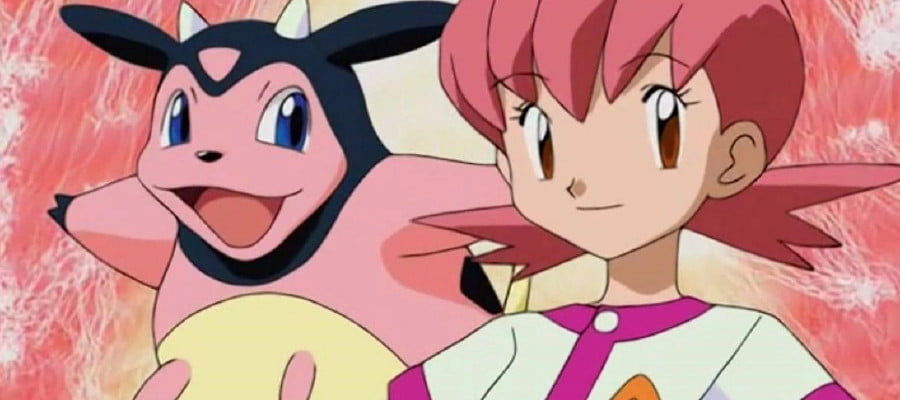
The Omni-Tool
First up, let’s talk about a completely build-agnostic way to do this. A thing you can bolt onto any character to give them a single wandering pet monster that can hang around and which you can almost always find a use for: the Fey Beast Tamer. This is a strong theme, which gives you a pet automatically, and if you want to aim at that Red-And-Pikachu set, then you’re done. You have your best little beast buddy, and you can just build your character as the type you’d like – whether defender or supporter – and the fey beast tamer will augment what you do.
It’s funny, because this works out without any further development. Literally any build can find something that works well with the Fey Beast Tamer, and it can give you the experience of a Pokemon trainer pretty much straight away out of the box. You can even put gear on your pet to give it more magical-seeming powers!
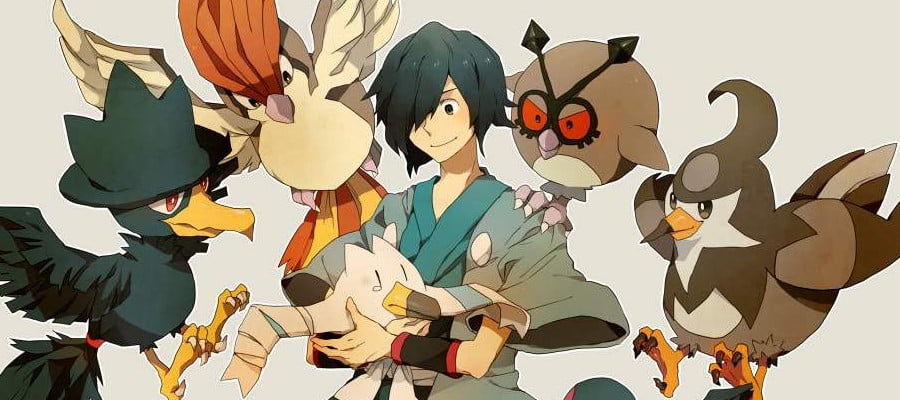
Build One: The Cavalier
If you want to go for the big-and-small pairing, one of the easiest ways to get access to a big beast to run around with is the Cavalier. In Dragon Magazine, Cavaliers get an alternate class feature that lets them replace a mount improvement power with a power that instead lets you summon a supernatural mount – and then there’s the Improved Steed feats. These feats let you replace the horse with a big, weird animal – a kind of rhino or a monster cat – and you can treat that as a monster that travels around with you.
Now, this is a Paladin, so you’re going to get a lot of powers about keeping yourself safe and fighting enemies in melee. There are options for a Charisma-based Paladin that uses a holy symbol instead of a weapon, and that is something you can use, but understand that this build, while not requiring a lot of complex choices, is going to take a little time to develop and push you into being a defender.
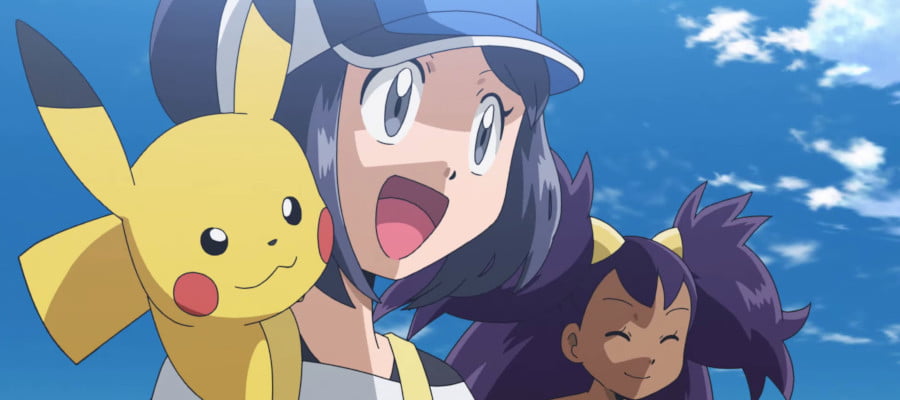
Build Two: The Druid
Woo yeah, it’s an opportunity to make a Druid! I love the Druid, it’s one of my favourite classes, see, you get to shapeshift into –
Oh, this isn’t for a shapeshifting-focused Druid?
It’s for the pet Druid?
Fine.
Okay, fine I guess. It’s fine. Anyway, the Sentinel Druid trades the control powerset from the Druid for a supporting powerset, which means if you pick the right pet, you can largely stand back, heal people and distribute support powers – which can include supporting your pet (or pets). The Sentinel also has access to Daily Druid powers, which means you can pick those from the normal Druid list, and that gives you a whole category of Summon powers. These summons typically are great, and what’s more, you can even augment them with feats. As Dailies, you don’t want to pop them all at once every encounter, but also, as Dailies, you want to make sure you’re cycling them – which means most encounters, you’ll use one of them and that’s it.
If you want to go really ham on it, this class can run with the Fey Beast Tamer and occupy a lot of material space in combat. Personally, I feel that a Pokemon Trainer should be a person and their Poke, but if you want to think of your Pokemon Trainer as being able to distribute a bunch of monsters at once, this is a good option.
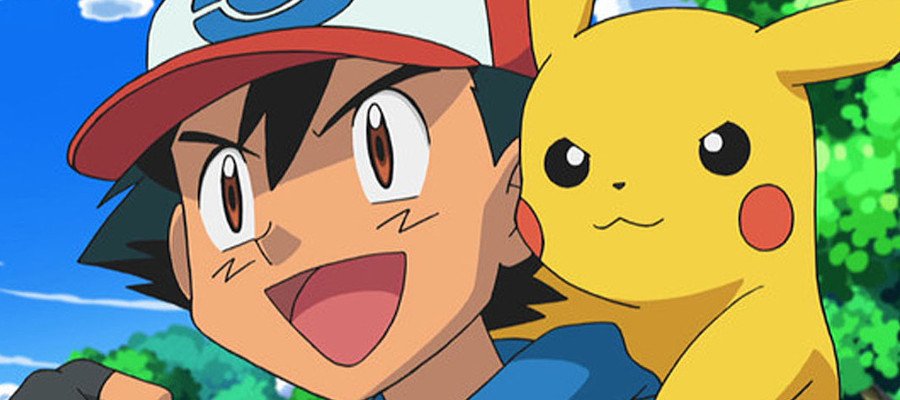
Build Three: The Full Selection
Okay, but how do you get six pets, without making a character who literally summons six different pets? How do we limit ourselves to just one pet at a time and still make them meaningfully different? And is there a way to do that in a way that doesn’t require managing lots of complicated things on the board?
This is, I promise, the silliest build, but I appreciate it for its simple elegance: Play a Shaman.
Shamans get to summon a spirit companion, which is a blob of hit points that can block a space, and ignores all hits that don’t kill it. It gets to be the source of your powers, so you can use it to give yourself reach, block enemy spaces. You want it to take hits instead of you, because its hit points are virtual and if it gets destroyed, you can just resummon it immediately on your next turn.
But how do you differentiate spirits? This is one spirit beastie, after all. But the trick is, if you have an item like a Flaming Implement, then the attacks you make through the spirit are fire attacks. Cold implement, cold attacks.
See where this goes?
If you have six different implements, every time you summon the spirit companion, you can swap the one you’re wielding, and flavour the different implement-effect Spirit Companions as different types of spirit. Mechanically, each spirit is different, but all you need to know is what each implement does; but you still have a consistent baseline of how the Spirit Companions work and you’re not locked out of power choices in any way that gets complicated or confusing for you. Plus, you can’t afford all the implements at a low level; so each new implement adds to your crew of monsters, and you level up into them.
This isn’t a good build, since you’ll probably be using +1 implements when others are using +3s, but still, I appreciate it for how simple it is.
Junk Drawer
There’s a lot of options in junk drawer stuff if you want to expand the vibe of your trainer. If you wanna be a melee combatant with a pet monster, there’s a Warlock build and a Ranger option, which get all the support those two classes get. Also, the Bard and Warlord can maximise a Fey Beast Tamer pet really well with their granted attacks, which means you don’t fight with yourself directly and can stand back, giving orders.
If you want to play around with the pet based Ranger, for example, and then play with Bill’s transfer machine mistake, you know, the thing that turned him into a Pokemon, back in Pokemon Red/Blue? Well, you could turn to my favourite option, the Werewolf and Werebear…
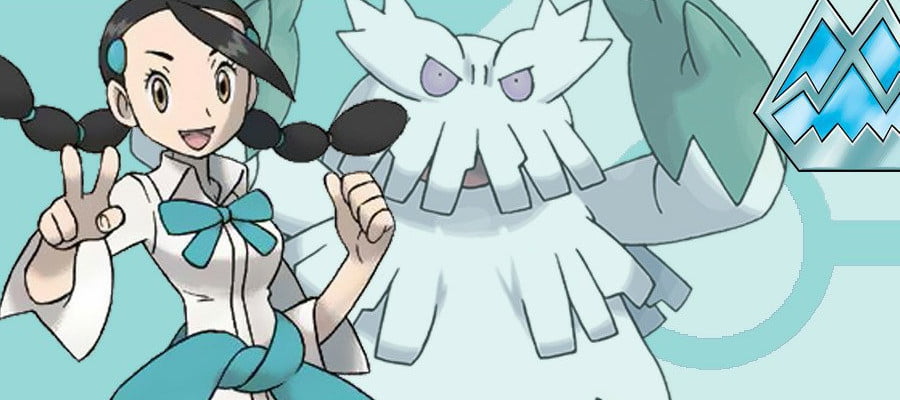
A lot of what’s going on with this kind of character is going to be about the flavour you impose. I’m going to recommend that you look for art that inspires you for this character idea, and ask yourself what fits the vibe you like best. Come up with and flavour your little monsters, and then look for items and feats that can help you fulfill that idea that you want.